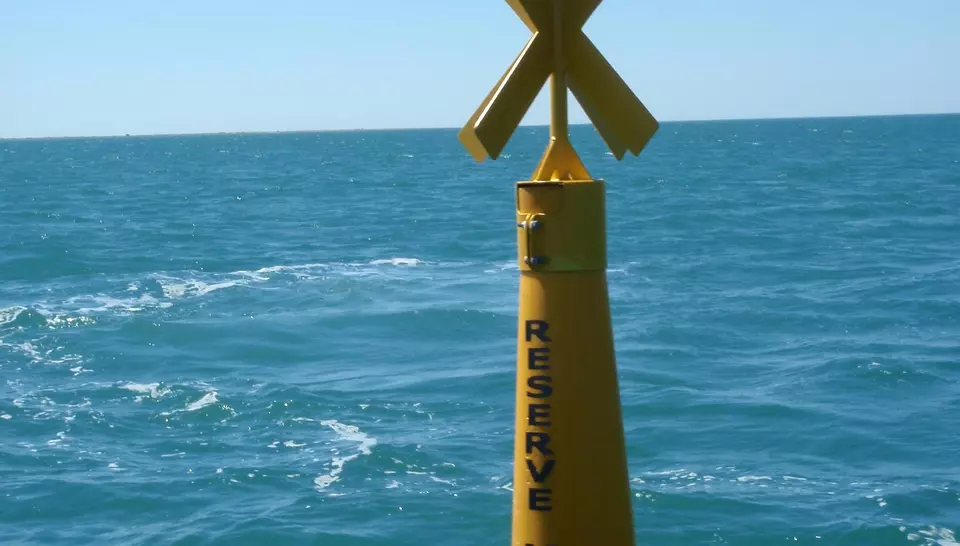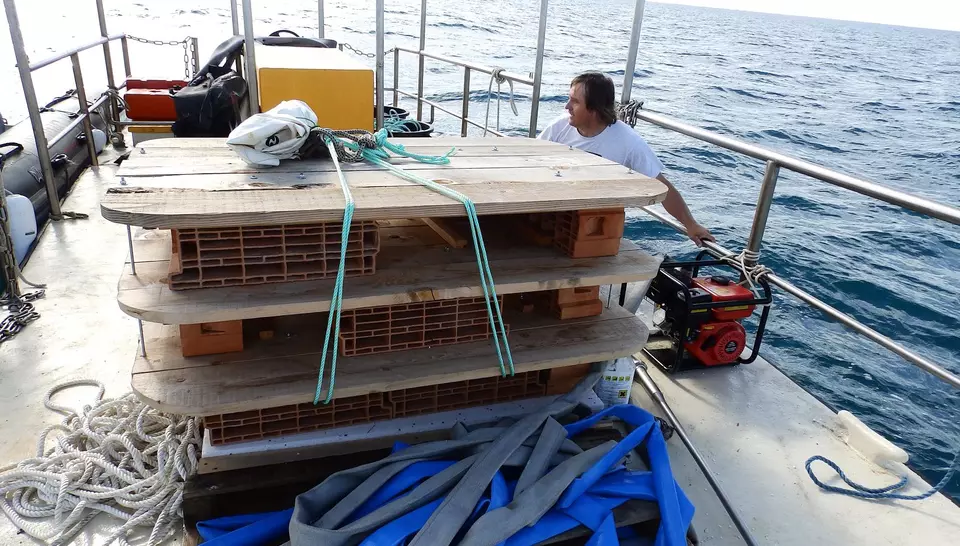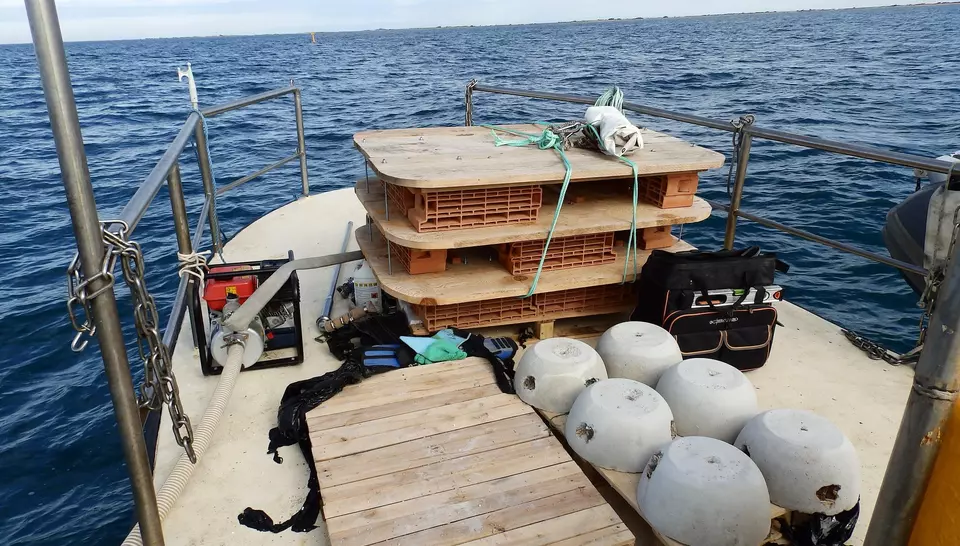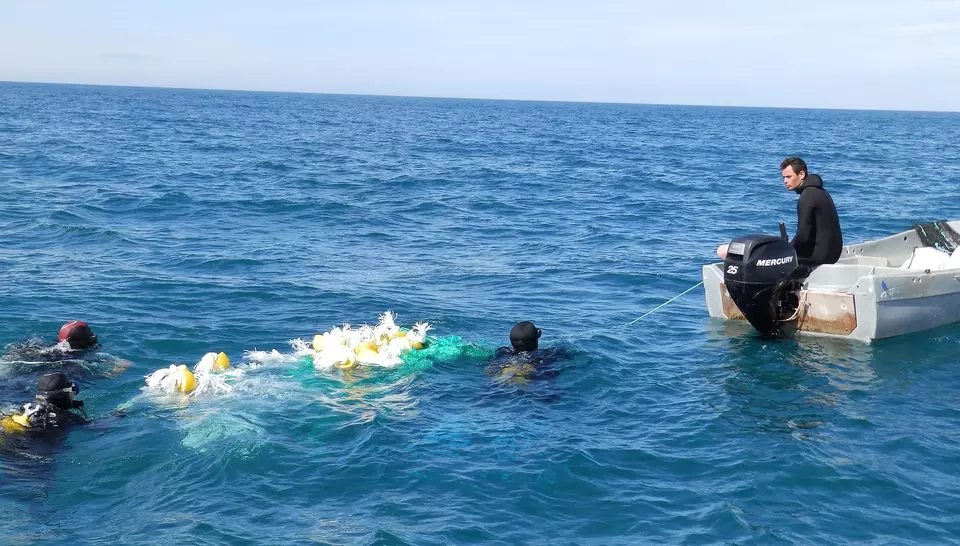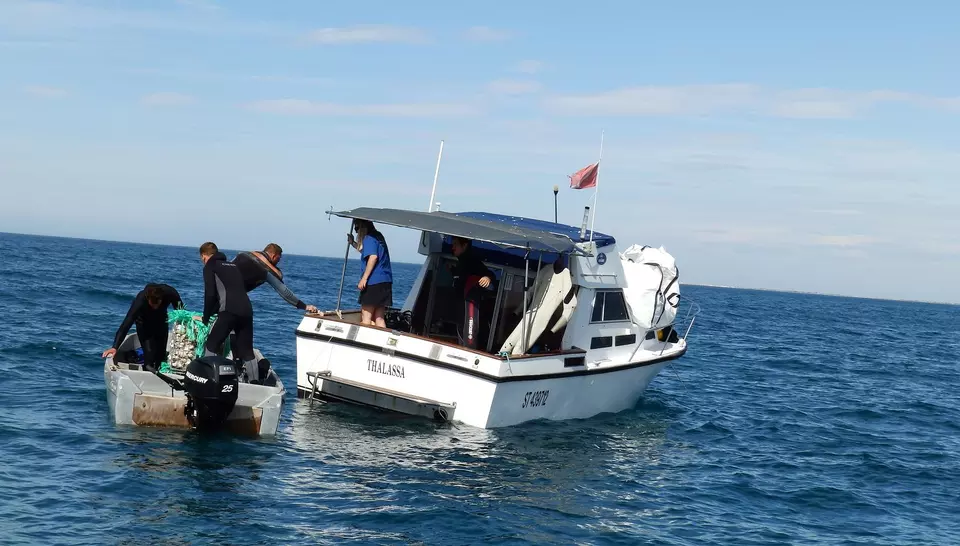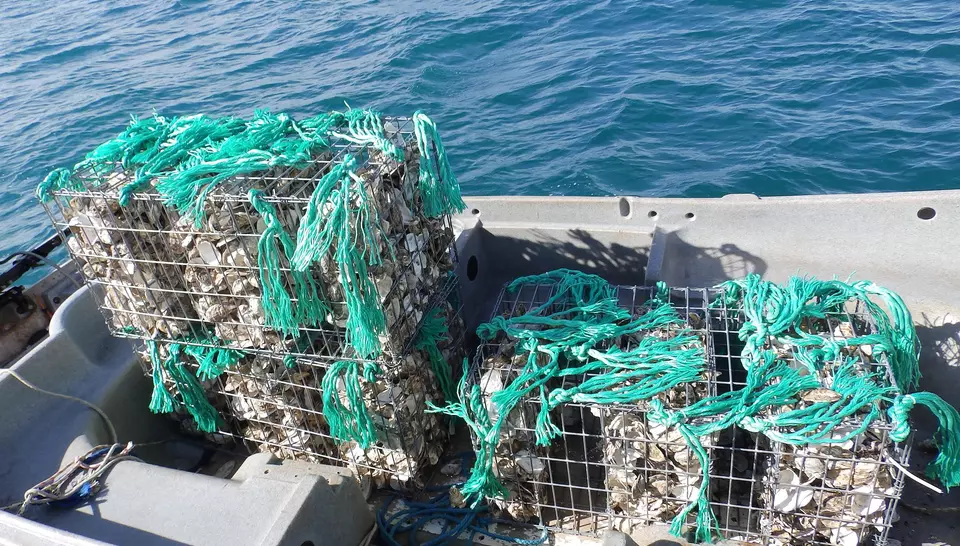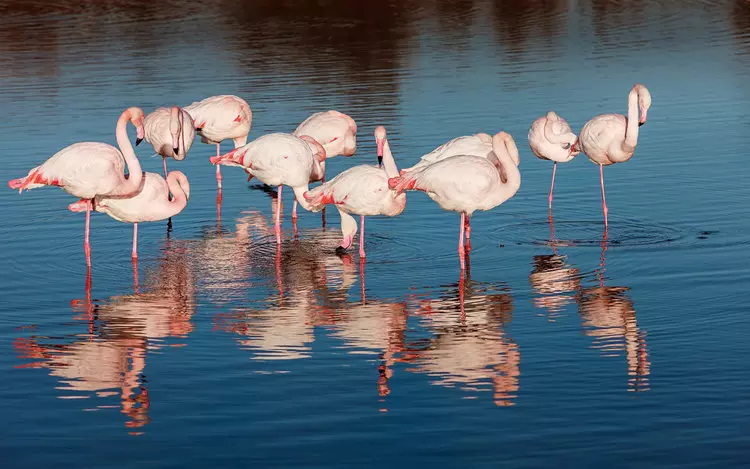
Environment and Biodiversity
Place
Camargue, France
Sponsors
Jacques Vezinhet, Nils Fauchon, Helois Ellen, Thierry Vandevelde et Nicolas Rampnoux
Grants
€150,000 at the board meeting on 11/06/2009
€50,000 at the board meeting on 18/06/2012
€30,000 at the Selection Committee on 16/09/2015
€12,600 at the Selection Committee on 13/10/2016
€21,500 at the Selection Committee on 25/10/2017
€10,000 at the Selection Committee on 28/11/2018
Project leader
Opened in 1970, the Camargue Regional Nature Park (RNP) is one of France’s oldest Regional Nature Parks. This delicately balanced rural, open, and inhabited land covers an area recognised for its exceptional quality, where nature conservation and the development of human activities must go hand-in-hand. The Management of the Camargue Regional Nature Park (CRNP) tends to manage, develop, and protect this natural and cultural heritage according to its activities.
Two projects, supported by the Veolia Foundation, were implemented in 2010 to protect endangered populations of flamingos and certain fish species.

Encouraging reproduction among flamingos and the growth of endangered fish species
Every year in April, fifteen thousand flamingos couples come to nest on an islet specially prepared for their reproduction on the Fangassier Lake on the southern tip of the Camargue. Created in the early 70s and up until 2011, this 4 000-m² area provided France’s sole pink flamingo colony with a fixed location for its growth. Development of the Giraud saltmarsh had profoundly affected the area’s hydrological system (dykes, seawater pumping, etc.), leading to favourable conditions for bird nesting. The high salt content attracted large quantities of brine shrimp, a small shellfish highly appreciated by flamingos which intensifies the colour of their plumage.
The situation changed in 2011 when part of the Giraud saltmarsh ceased operations and the water supply into the Fangassier Lake was stopped. Studies using technical and financial support from the Veolia Foundation were conducted to assess the impact of those changes and to decide whether any new water management methods should be implemented. A camera was set up 100 metres away from the islet to observe the flamingos and improve scientific knowledge about their reproduction.

Meanwhile, work began to create a marine reserve in the Gulf of Beauduc. Since the CRNP is deeply committed to protecting the coastline, it runs several Marine Protected Areas (MPAs), including the Natura 2000 Camargue MPA in the 12-mile zone. Fishing restrictions and the Beauduc biotope protected zone covers about 900 hectares of sea and coastline in the Gulf of Beauduc.
This environment is naturally favourable to the development of water fauna: 140 species of fish and invertebrates living at depths below 6 metres have been inventoried. Accordingly, the Gulf of Beauduc has been clearly identified as a nursery area for fish but it is threatened by the non-selective, illegal fishing practised by some trawlers*. Support from the Veolia Foundation has made it possible to install innovative modular structures on the seabed to allow young fish to assemble. These 5-m3 removable modules play the role of artificial nurseries to help increase the chances of survival for the most vulnerable fish. This marine reserve project, which received the Foundation’s renewed approval in 2016, also includes an aspect relating to the controlled use of the coastline (traffic on the beaches, increased human presence due to kitesurfing and surfcasting) through active surveillance and awareness-raising initiatives provided by Park staff. Simultaneously, the CRNP intends to step-up surveillance throughout the sector to reduce fishing violations in the 3-mile strip.
Renewed in 2017, the Veolia Foundation's support makes it possible to set up scientific fishing to evaluate the relevance of the tools implemented and, in particular, the efficiency of artificial nurseries. Presence at sea has also been stepped up to monitor the reserve and protected marine areas. Awareness-raising operations are also taking a new step with the publication of a brochure planned for 2018.
The project’s focus is environmental, scientific, and socio-economic: environmental protection is fully implicated in aiding economic growth, since the sale of fish from the nurseries is creating local jobs and incomes.
Creation of an observatory for pink flamingos
A victim of its success, the Fangassier Lake attracts many nature-lovers. Their comings and goings cause some deterioration to the natural environment (roadside plants crushed by parked cars, trampled ground) and disturbs wildlife.
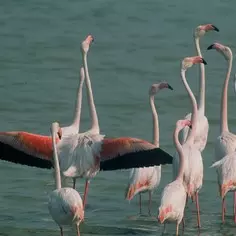
In 2012, a supervision and educational guidance policy was developed to inform and guide the public in being more respectful of the site, including appropriate signing and the creation of a delineated, sheltered, and uninterrupted discovery trail featuring information panels about the wildlife. Thanks to the Veolia Foundation, an observation platform to watch the pink flamingo colony, called the “Flamingo Observatory”, was also built. Formerly used to supply electricity to the Giraud saltmarsh until it ceased operations, the structure is now a house on stilts, powered by solar panels and wind turbines. It is used by visitors guided by “eco-guards” who are on-hand at the Park from April to September to raise environmental awareness among the public.
A prominent project for France and for Europe
The marine reserve in the Gulf of Beauduc was listed as a priority issue in the Objectives Document of Natura 2000 (a European network of ecological sites) for the restoration of damaged sea habitats and the improvement of biodiversity within the Camargue marine zone. It also meets the objectives concerning the creation of fishing reserves, as highlighted in the “Grenelle de la Mer” agreement.
Sharing knowledge with Romania
The success of the various projects implemented by the CRNP with the Foundation's support has raised interest beyond France’s borders. During an event organised by the Veolia Group’s Central European section, the Danube Delta Biosphere Reserve (DDRB) expressed the desire to meet the CRNP's team. A partnership was subsequently entered into between the CRNP and the Romanian reserve devoted to environmental protection and the preservation of biodiversity in the Danube delta. The aim is to encourage innovative experimentation.
The Veolia Foundation is supporting this international cooperation by facilitating a pairing to allow both organisations to share their knowledge. The partnership should lead to the joint identification and evaluation of issues of common interest regarding environmental protection and the preservation of biodiversity, a prerequisite to any international project involving both areas. Renewed in late 2018, the Veolia Foundation's support should help optimise their exchanges in 2019 and extend them to selected local stakeholders in connection with specific cooperation projects. The aim is also to develop a European LIFE project which will open funding opportunities for future exchanges from 2020.
Endowments enhanced by skills-based volunteering
Initiated in 2009, the Veolia Foundation’s support to the PNRC comes in two forms: on the one hand, there are the endowments, and skills-based volunteering on the other. For instance, Veolia Water employee Nils Fauchon, who sponsors the project, was in charge of monitoring water quality and purity for the PNRC in 2010.
* Despite the fact that they are prohibited from approaching the coast by more than three nautical miles from (5.5 kilometers).
- Téléchargez le communiqué de presse du Parc naturel régional de Camargue.
- Téléchargez le dossier de presse du Parc naturel régional de Camargue.
- La réserve marine de Beauduc inaugurée
Lire l'article publié dans Le Marin du 05/12/2014
The Veolia Foundation is a long-term supporter of the Camargue Regional Nature Park, and the park is now one of the 12 beneficiaries selected to develop the Marha project. The aim is to harness sufficient human, technical and financial resources over an appropriate length of time to be able to make a commitment to conserving marine biodiversity.
> The Camargue at the heart of the first Life programme integrated project


